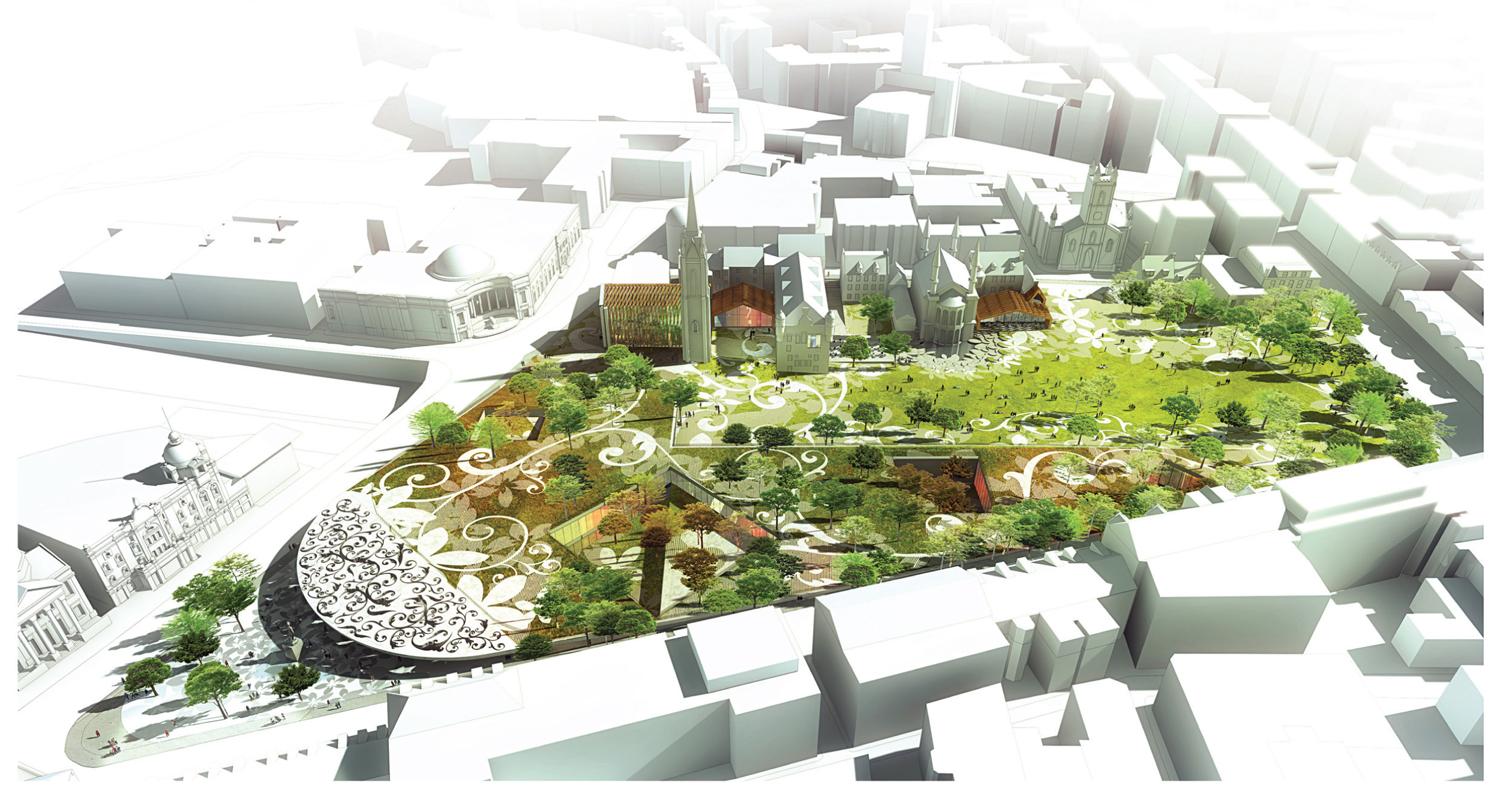‘Urbanistas’ explores the work of women innovators in architecture and urban design. Curator Lucy Bullivant explains why the exhibition is so timely – and the five exhibitors share their thoughts on the role of women in shaping today’s cities.

With fast-growing urbanisation inexorably transforming every facet of cities and the wider biosphere, many creative people want to change the status quo. We’re living not only with a lot of outdated legislation, but also a back-catalogue of failed urban models that do not serve contemporary cities as diverse communities well – in terms of cultures, ethnicities, ages and overall needs.
Urbanistas: Women Innovators in Architecture, Urban and Landscape Design puts the work of five practitioners working in the UK today under the spotlight, illuminating the many commonalities among women architects, urban designers and landscape architects who want things to change for the better.
The ethical challenges lying at the feet of the specialists working together across neighbourhoods, towns, cities and continents are those which, emphatically, both genders are facing. Women and men in the design professions are actively working alongside each other as never before, given the growing numbers of young women graduates entering the field.
From our partners:

So why make an exhibition about five women practitioners? Rather than adopting the rose-tinted default that is a retrospective approach to city making, and imagining that low-density, late-19th-century “garden city” models or perpetuating historical fabric will suffice, these five “urbanistas” want to make a public realm of social value. Should that be so hard? In London, where more than 300 different languages are spoken, the population is growing and high-quality public green spaces are one of its chief assets. These women embrace that cultural reality, using tactics that draw on both the arts and natural sciences.
Green infrastructure, silviculture (trees) and the science of soils, biophilic design, climatic future-proofing and convivial spaces for everyone – “the soft stuff is the hard stuff” is a common refrain that local borough staff, community groups and some enlightened developers are increasingly adopting as a practical philosophy.
This exhibition brings together Irena Bauman, founder of Bauman Lyons Architects working in Leeds and around Yorkshire, architect Alison Brooks, AWP’s Alessandra Cianchetta, Liza Fior and Katherine Clarke, founders of muf architecture/art in Hackney, and Johanna Gibbons, co-founder of J&L Gibbons in Highbury and Islington.
Instead of wasting urban land, or denuding it of its resources, these urbanistas focus on drawing out its potential through new cyclical processes of soft planning – dealing with climate and ecological issues, mixed and seasonal uses – rather than only the hardware of infrastructure. While urban design’s stock-in-trade has traditionally revolved around hard morphologies and monuments of city identity these exhibitors carry out place-making in ways that re-humanise even the most degraded post-industrial sites, helping to foster meaningful legacies.

Strategies like Alessandra Cianchetta’s, of AWP, for the masterplan for La Défense in Paris, open up closed infrastructures and knit together districts. Alison Brooks’ award-winning housing design – Newhall Be at Harlow, Essex, and at Bath Western Riverside – assert new geometries and greater permeability with nature for high-density living spaces.
Working within a construction industry obsessed with short-term profit, this commitment to long-term value is hard to uphold and pursue, but these urbanistas don’t settle for atomised results. From the micro- to the macro-scale of the city and its region, they draw out responsive, cohesive solutions.
The role of architect is under pressure, everyday at risk of being pushed aside by value engineering, but these urbanistas know that architecture is one of the very few generalist professions . If you cannot assert your personal values you give up the architect’s duty of care, and you might as well leave the career that you love. A poet, an author, a singer or a playwright can concoct a narrative of place, but only an architect can create a narrative of place and give the city new physical resources with stories and languages that everyone can share and enjoy.
Each city and town has its own DNA, but urban centres need more support from integrated plans in which people from across the whole community can play an active part. They should feel a greater sense of involvement in the use of local resources, land, waste and renewable energy. The urbanistas have seen this happen, and know it is possible.
[infobox]We are changing cities by challenging the prevailing values.[/infobox]While each has a unique approach, their kinship thrives on identifying and cultivating urban assets. This means the potential of neighbourhoods are drawn out, and solutions for long-term renewal created. The urbanistas’ purpose is to renew the city and its landscape in ways that are liveable, loveable and legacy-directed. But don’t just take my word for it …
Irena Bauman
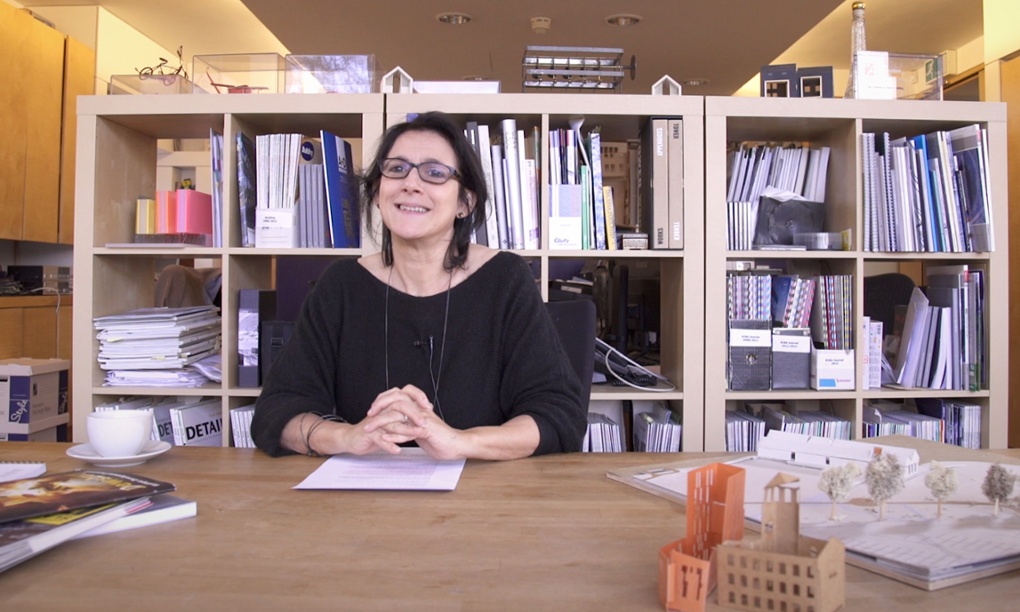
“Architects are like high-class whores: we can turn down projects the way they can turn down some clients, but we’ve both got to say yes to someone if we want to stay in business.” So said Philip Johnson, one of America’s leading architects, justifying his commercially greedy architectural output.
Commercial exploitation and professional vanity are the values that dominate the construction industry and, along with wealth and political power, shape our cities. These are largely male values. When uncritically embraced, these values perpetuate the globalisation of urban design and place our creativity and skills in the unhappy service of making the rich richer and the powerful more powerful still.
Some men, and many women architects (but by no means all) support different values: we are wary of professional vanity and of commercial growth as the primary drivers of our business model. Instead we embrace and use our practice to support alternatives.
There are many ways of achieving this. Our approach at Bauman Lyons is that we do not accept work beyond two hours’ travel (by road) from our studio, in order to maximise productivity and enable deep understanding of the places where we work. We do not submit our projects for awards; instead, we direct effort at dissolving professional boundaries by researching, teaching, fabricating, collaborating and co-producing projects. We challenge the overtime culture by working five days in four to create three-day weekends, which allows time for personal development.
[infobox]Ideas are gender-free.[/infobox]These values attract clients who appreciate and share them – no need to act as any kind of whores. Together we build projects that help revive declining markets, buildings and communities, generate new economies and innovate solutions for adaptations to climate change and for sustainable building solutions. We are changing cities by challenging the prevailing values.
Alison Brooks

The built form of the city is a complex representation of social, political, technological and economic forces; of ideals, ideologies and values over hundreds of years. Cities are cultural artefacts. Yet we live in cities where nearly 100% of the environment around us has been owned, legislated, designed and implemented by men.
This is because, outside of monarchic city-builders like Catherine the Great, women have only had access to positions where they could engage in the shape and evolution of cities for the last 100 years. Ethel Charles, the first female architect in Britain was registered with the RIBA in 1898. Women have only had the vote for 87 years. Architects, engineers, urban planners, theorists, developers, politicians and civil servants – women with a direct role in the shaping of the environment – have only been “in action” for one generation.
Women in all sectors of society will increasingly change the way our cities operate, look and feel – not because of their gender, but because of the additional 50% of human creative intelligence that will be addressing the problems of the city (not to mention those less heroic topics, suburbs and rural environments).
Ideas are gender-free. Is the work of Jane Wernick, engineer of the London Eye, somehow feminine? Can anyone tell on a basis of gender, the difference between Elizabeth Wilbraham’s churches or those of Christopher Wren – her student? But ideas, invention, and techniques must be accompanied by both expertise and authority to act on those ideas, and there is the assumption that these, on a grand scale, are the exclusive territory of men. But the ability to create, to manage complexity and solve problems are things women have always been good at; it’s just that we haven’t had access to the problems.
[infobox]WP’s work has been devoted to developing a practice on the intangible dimensions of architecture.[/infobox]Tellingly, I’m writing this piece for the male editor of the Guardian Cities section. Can we all imagine a day when, in your mind’s eye, the city mayor, the chief architect, the developer, the contractor and the newspaper editor are all automatically female, rather than male? Now that’s a changed city.
Alessandra Cianchetta
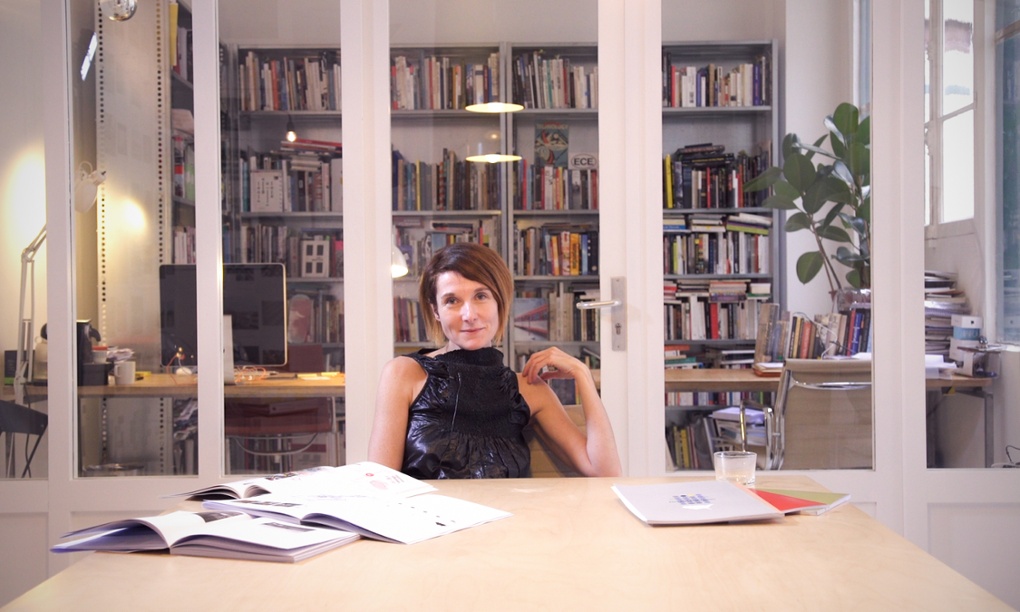
This is not a question of gender: I owe many fascinating and delightful things to my womanhood, but I am not sure that urbanism is one of them. I can’t speak for other women, but here are some ways in which I aim to change cities through design.
I am the leading architect and founding partner of AWP, an international design practice working across scales and genres – from the 160-hectare strategic masterplan for the Paris central business district, to pavilions, landscapes, interiors, exhibitions and publications. In my architectural work I give equal weight to the substance of building and its intangible effects, addressing sensual and perceptual experiences at large urban scales.
Such concerns have been developed in our current project for the major business centre of La Défense, a location both archetypal of the modern city in general, and specific to Paris in particular. The biggest deck in Europe – 30ha – and most conspicuous high-rise in Paris, with a six-floors deep multi-layered underworld including major infrastructures, the district is now soulless, obsolete, disconnected and at risk of shrinking.
I am currently building a 70,000m2 public space adjoining the Grande Arche de la Défense, including a unique series of buildings, and have conceived the first new masterplan of Paris’s central business district following the original 1960s one. Declared of national interest, both projects have embraced its inherent complexity to create an attractive, enlivened and inclusive space on the scale of the metropolis, and to frame its transformations over the next decades through a multi-scalar, soft and hard approach.
[infobox]We endeavour in all our projects to make spaces where more than one (fragile) thing can coexist at a time.[/infobox]Through practice and theoretical research, I explore the binary relationship between soft systems and permanent strategies – such as landscape, light, night or art – proposing an innovative, much more supple approach to master planning and public space design. An important part of AWP’s work has been devoted to developing a practice on the intangible dimensions of architecture, questioning how much of architecture exists in addition to the fixed and solid and how these slow, fast, hard, soft, and solid elements interact.
Liza Fior
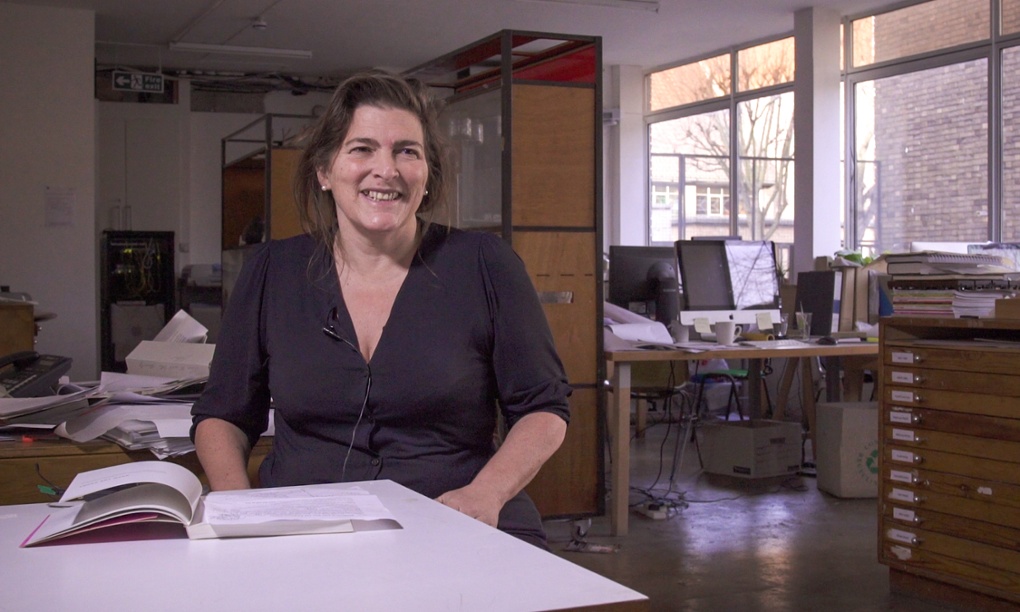
All buildings in the UK have a planning classification according to use: B1 is office and workspace, A3 is a restaurant, C includes “dwellings” and so on. The most expansive of all classifications is D1, which includes health buildings, libraries, crèches, education, galleries, museums and community halls. What goes on in all these types of building relies both on non-monetary exchange and also on a lot of women’s work.
We see the public realm as an extension of D1 use, as the potential site par excellence of non-monetary exchange – a place of protection and of exploration, learning and rest. The late Kath Shonfield, an muf collaborator, described the public realm as the place to experience democracy.
We endeavour in all our projects to make spaces where more than one (fragile) thing can coexist at a time; truly public spaces where you can spend time without having to buy anything; spaces for play which are not playgrounds, where there is space for reverie and exploration. Our projects include Barking Town Square, Altab Ali Park on Whitechapel Road, Mile End Road, the Hackney Wick suite of public spaces, and Making Space in Dalston. The muf office remains at least 80% female, with flexible working practices.
[infobox]Our profession concerns what makes land a landscape, the people who inhabit it and the resilience of the environment.[/infobox]As cuts in public spending deepen, we hear more and more of words like “restructure” (ie. sack people, a lot of whom are women) and “intensify” (ie. build lots of housing units, most of which are private and reduce the possibilities of spaces which are left). The generosity of the women we meet in every project, who attempt to salvage the possibility of the city as a shared platform for the best and worst of times and those in between, becomes ever more heroic.
Johanna Gibbons
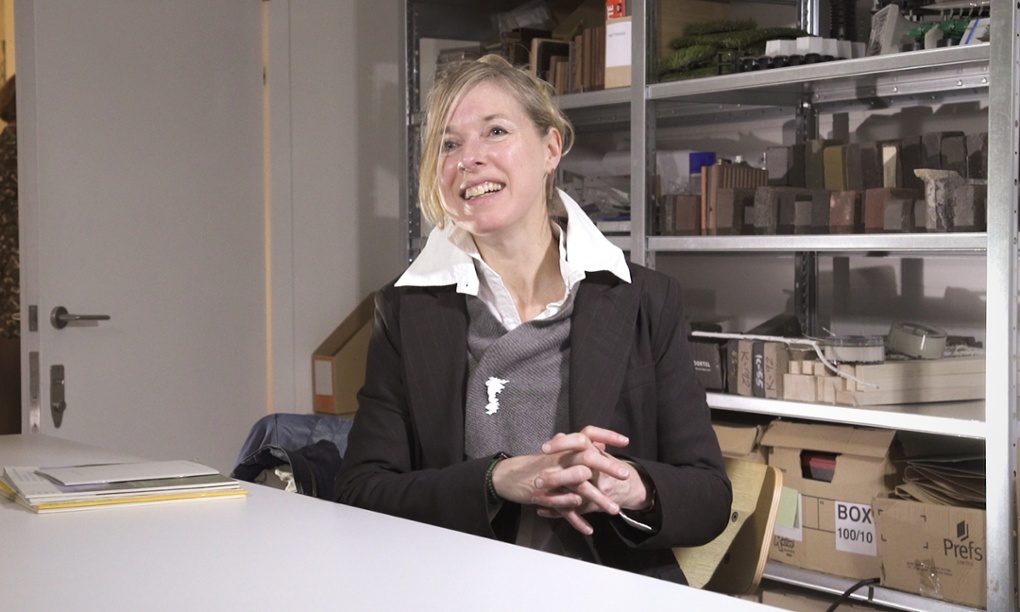
The city is a landscape; its soils and geology define its fundamental character. Our work and interests stem from understanding time and territory, the geology and wider landscape patterns, the river catchment with propositions for water sensitive urban design, the urban forest with how liveable the city is and how resilient the urban dweller feels. Our work ranges from strategic planning to forensic analysis of the below-ground condition, considering the soil’s biological complexity and its capacity for yield and absorption.
Collaborations enable our practice to reach widely into the marginal territories that inform our work; the poetry and science of soils; the sound of geology; the value of shared grass roots knowledge; the biomimetics of spider sheet webs. Our profession concerns that which makes land a landscape, the people who inhabit it and the resilience of the environment and the individual that together create city communities in all their density and diversity. We seek an archaeological narrative and creative ways of how to stimulate the stewardship of the city’s natural capital.

Nearly 40 years ago, as a teenager, I sat in a meadow with Dame Sylvia Crowe, and we talked about how landscape architecture was surely the most honourable profession. She focused my ambitions not only in terms of career but also as a professional woman. Her drive was understated but enormously respected. I followed her instruction of where to study, and was infected by her love and enthusiasm for her work which influenced city planning as much as forestry practice.
Next year, J&L Gibbons will celebrate 30 years in the industry. I now see my role in many environments; providing advice and advocacy whether to the Forestry Commission, English Heritage or the Mayor; collecting wild flora along the Lee Navigation with the Olympic Youth Panel; walking Woolwich with eminent representatives of Reading’s Inclusive Environment Research Group; collaborating with artists and neuroscientists in the engineering of a digital tool to measure state of mind and response to place.
Everything is connected.
This article originally appeared in The Guardian.
















